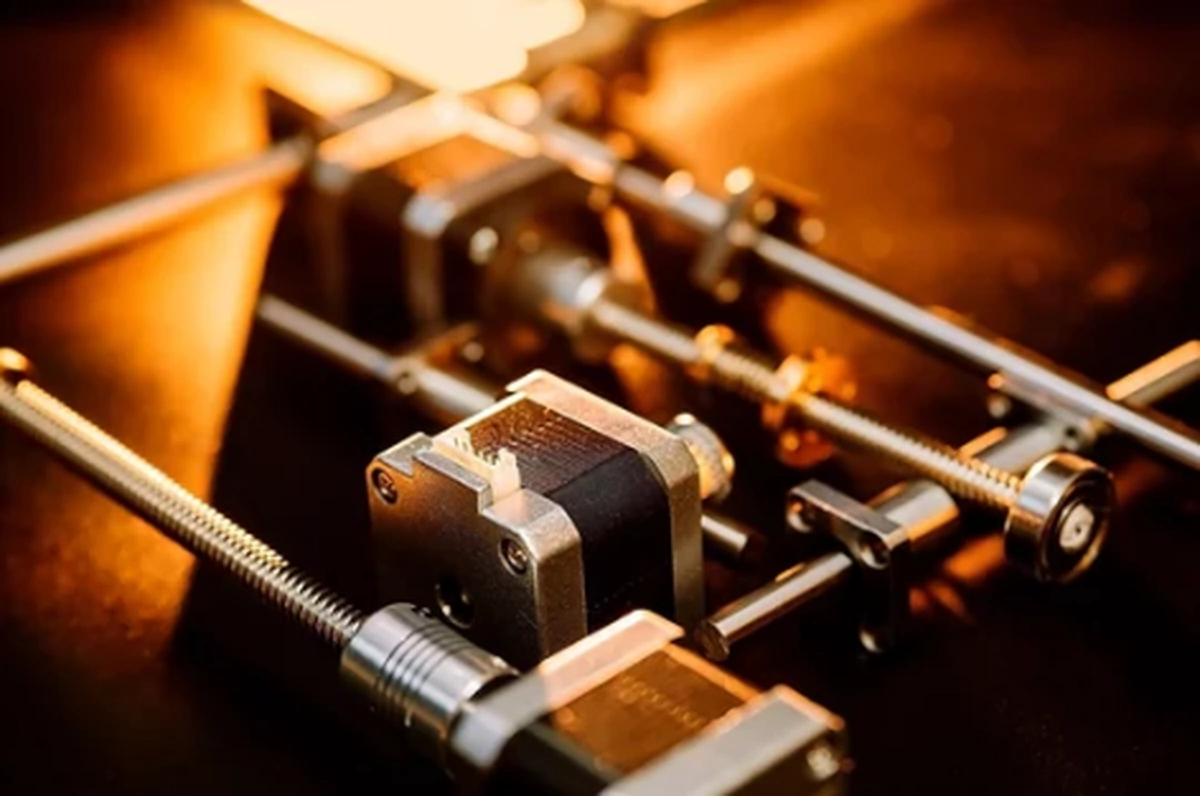Drive Methods for Stepper Motors
2024-07-17 10:29:56
Stepper motors are a type of electric motor that divides a full rotation into a number of equal steps, enabling precise control in positioning and speed applications. They are essential components in various machines and devices, including 3D printers, CNC machines, and robotic arms. To harness the full potential of stepper motors, understanding the different drive methods is crucial. This article delves into the four primary drive methods for stepper motors: wave drive (single phase), full-step, half-step, and microstepping. Each method has unique characteristics and applications, making them suitable for different technological needs.
Four Driving Methods

Wave Drive (Single Phase)
Wave Drive, commonly referred to as Single Phase operation, is one of the simplest and most basic methods used to control stepper motors. In this method, only one phase of the motor is energized at any given time. The activation of a single phase creates a magnetic field that interacts with the rotor, causing it to align with the energized phase and take a step. The process repeats with the sequential energizing of the next phase in the cycle, moving the rotor step by step. This straightforward approach offers a clear, albeit elementary method for transforming electrical pulses into mechanical steps.
- Advantages
- Simplicity: The method is straightforward, making it easy to implement with minimal control circuitry.
- Low Power Consumption: Only one phase is active at any given time, reducing overall power usage.
- Cost-Effective: Its simplicity leads to lower costs in both control electronics and energy consumption.
- Disadvantages
- Lower Torque: The torque output is lower since only a single phase contributes to the motor's movement at any time.
- Increased Vibrations: The motor tends to have less smooth movements, which can lead to vibrations.
- Weaker Holding Capability: With only one phase holding the rotor in position, the motor's ability to maintain a stationary position is reduced.
Full-Step Drive
The full-step drive method is the simplest way to operate a stepper motor. In this method, the motor moves one full step every time it receives a pulse. This typically involves two phases being energized simultaneously, which creates a strong holding torque and simplifies the driving circuit.
- Advantages
- Simplicity: Full-step driving is straightforward to implement, as it requires less complexity in control electronics.
- Torque: It provides maximum torque since two phases are always energized fully, making the motor stable and robust against external forces.
- Reliability: The simplicity of the full-step drive contributes to its reliability and durability in many applications.
- Disadvantages
- Step Resolution: Full-step driving offers lower resolution, as the step size is larger compared to other methods.
- Vibration: This method can lead to increased vibrations and resonance issues, especially at lower speeds.
Half-Step Drive
Half-step driving enhances the resolution of stepper motor movements by alternating between single and dual phase activations. This method effectively doubles the number of steps per motor revolution, reducing the step angle by half.
- Advantages
- Increased Resolution: By halving the step angle, half-step driving offers finer control over motor position, which is beneficial for applications requiring more precise movements.
- Smoother Operation: This method can reduce vibrations and resonance effects, leading to smoother operation compared to full-step driving.
- Disadvantages
- Torque Variation: The torque output varies because the motor alternates between single and dual phase activations, potentially leading to instability under load.
- Complexity: Slightly more complex control circuitry is required compared to full-step driving.
Microstepping Drive
Microstepping is a sophisticated method that divides each full step into smaller steps, significantly increasing the stepper motor’s resolution. This is achieved by proportionally controlling the current in the motor's windings, allowing for precise positioning and smoother motion.
- Advantages
- High Resolution and Accuracy: Microstepping provides the highest resolution and positional accuracy by breaking down full steps into much finer increments.
- Reduced Vibration and Noise: The method offers smooth and quiet operation, minimizing vibrations and acoustic noise.
- Enhanced Motor Performance: Microstepping enables motors to produce more consistent torque and better performance at low speeds.
- Disadvantages
- Complexity: It requires complex and precise electronic control, usually involving advanced microcontrollers or dedicated driver chips.
- Reduced Torque: Microstepping may reduce the overall torque output, especially at smaller step increments.
Comparison and Considerations
When selecting a drive method for stepper motors, engineers must consider factors such as the required precision, load characteristics, speed, and application environment. Full-step drives are suitable for applications where simplicity and high torque are prioritized. Half-step drives offer a balance between resolution and robustness, making them ideal for moderately demanding applications. Microstepping is best for applications where precision and smooth motion are critical, despite the additional complexity and potential torque reduction.
Conclusion
Understanding the different drive methods for stepper motors is essential for engineers and designers to optimize their applications' performance. Full-step, wave drive (single phase), half-step, and microstepping drives each have their strengths and limitations, catering to various operational requirements. By carefully considering these methods, one can effectively match the drive method to the specific needs of their project, ensuring efficient, accurate, and reliable motion control.
See What Lunyee Can Do For You
Contact Us
- 8619149417743
- +86-0371-5562 0274
- [email protected]
- Zhengzhou, Henan Province, China
- Mon-Fri: 9:00 - 18:00




